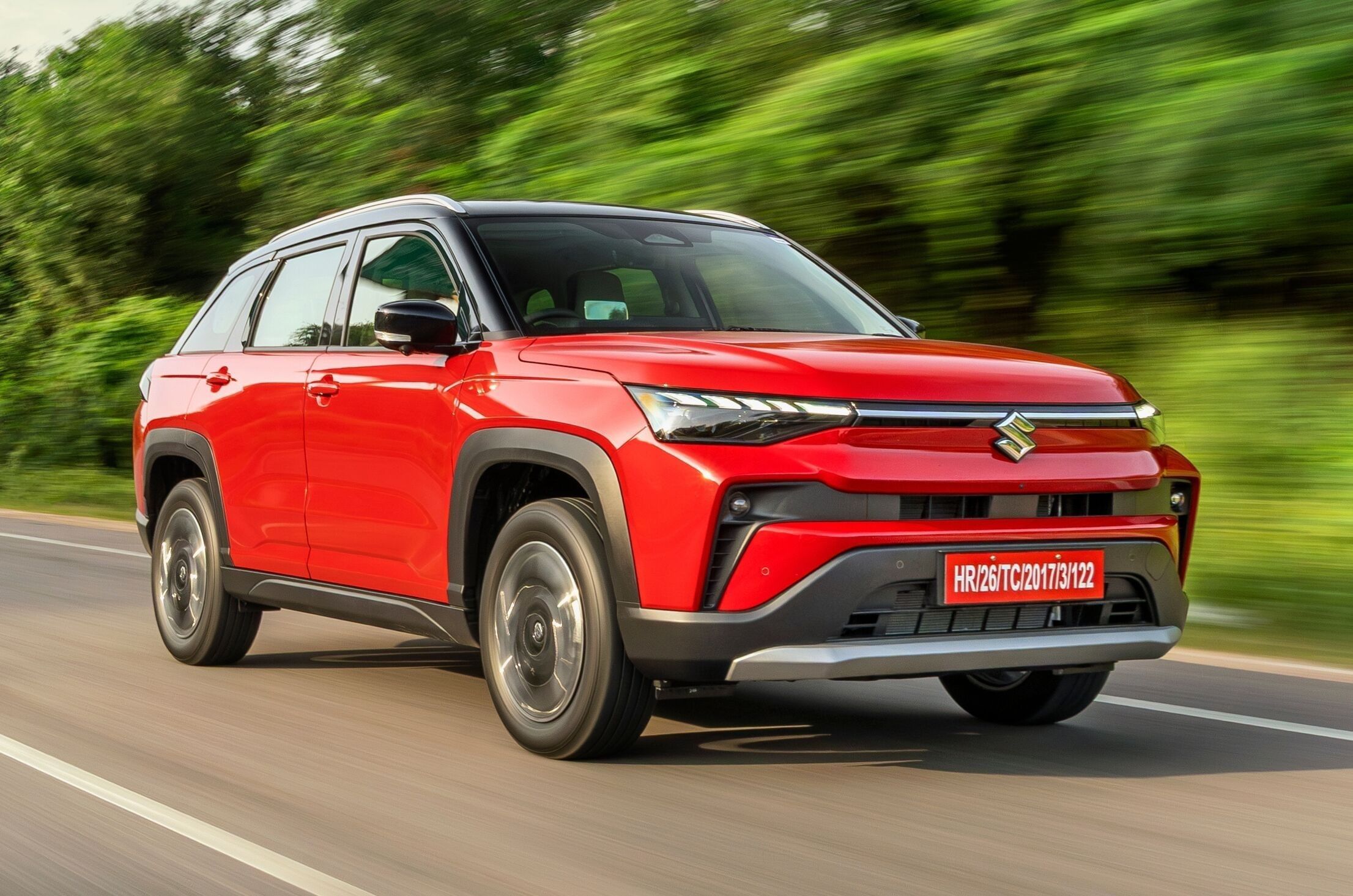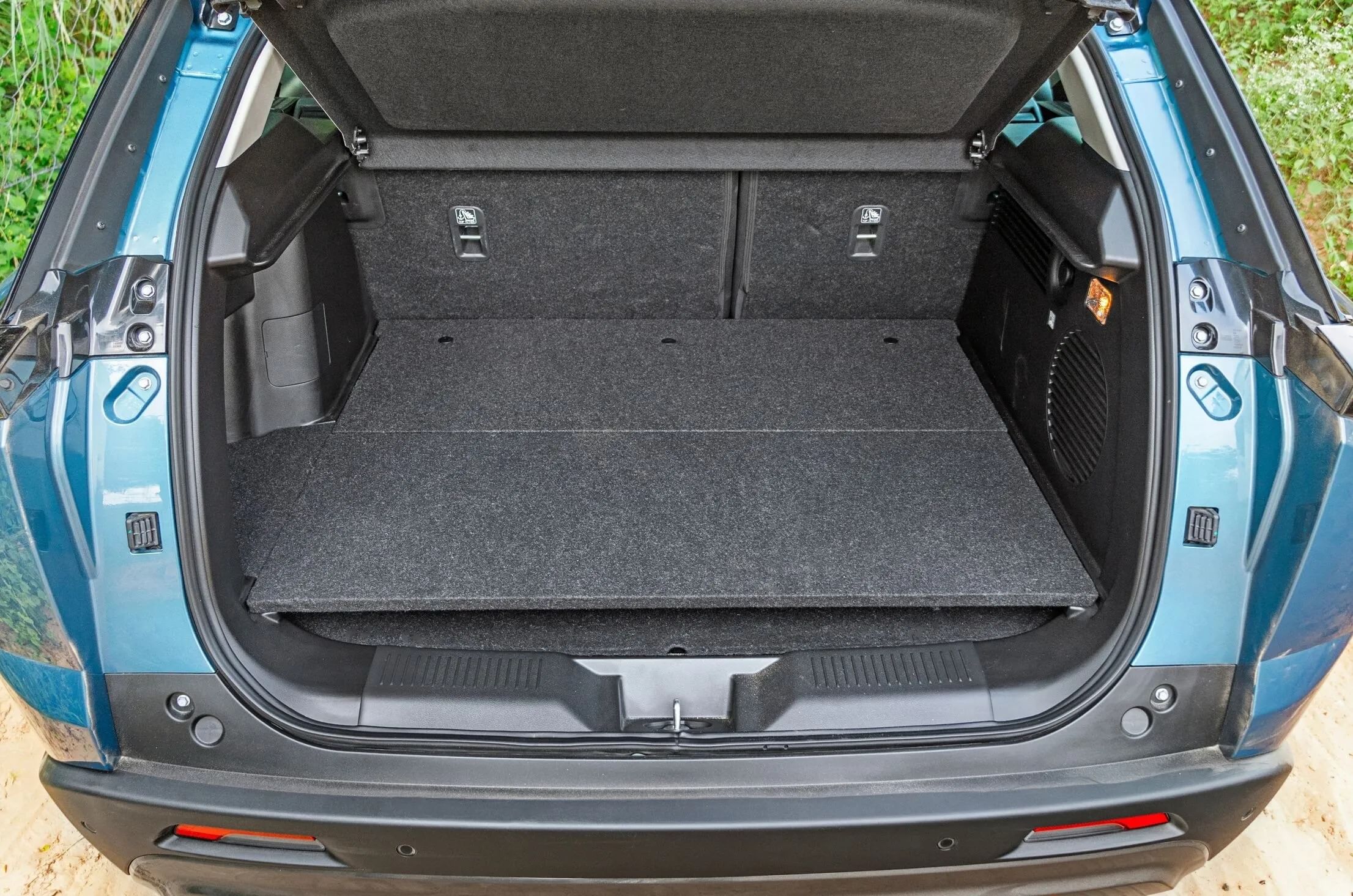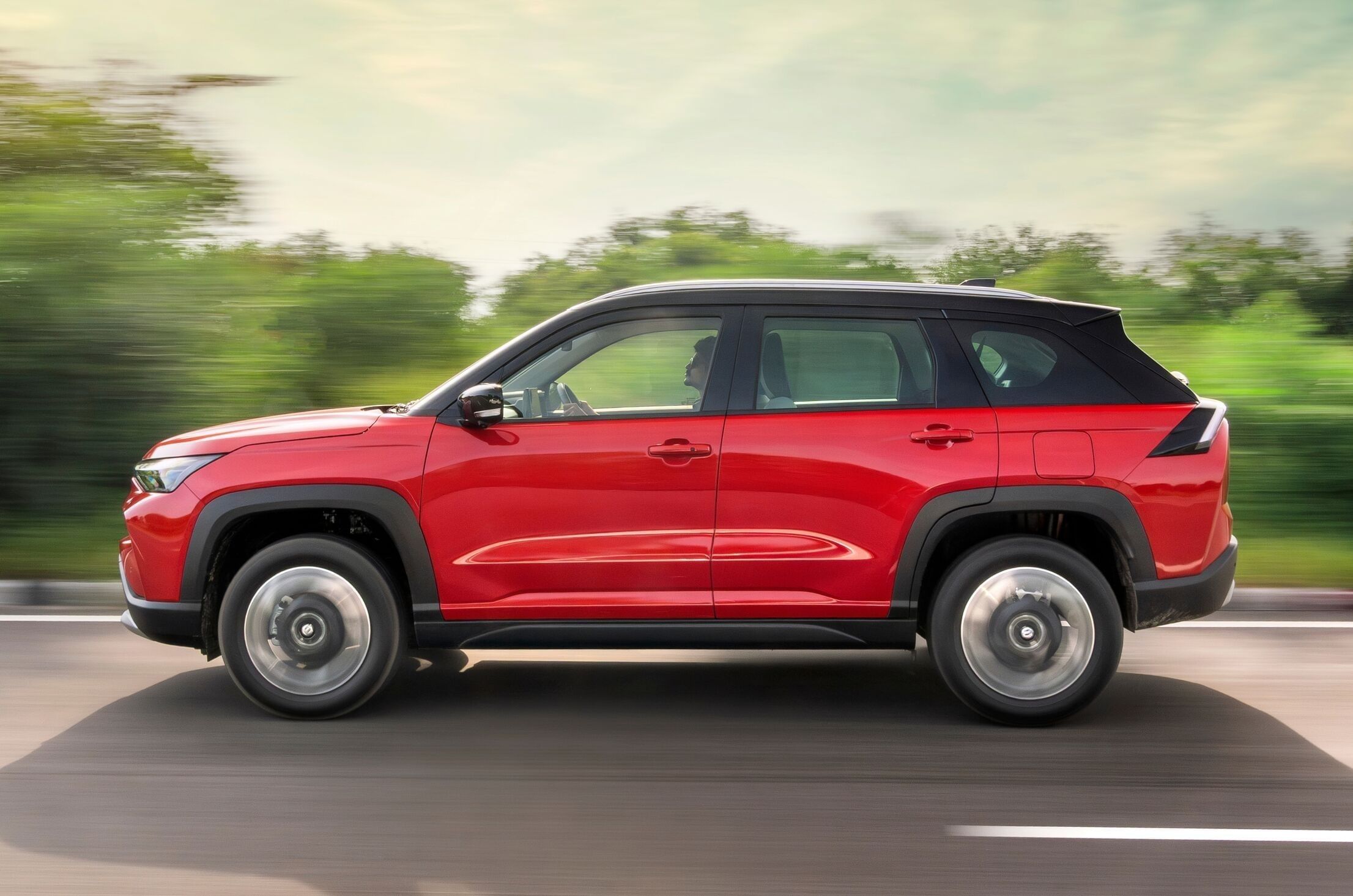
The Maruti Suzuki Victoris is the newest mid-size SUV in the market, having gone on sale on September 15, 2025. With bookings having commenced on September 4, the brand says it has received over 30,000 orders for the Victoris in just under two months.
- 53 percent bookings came from petrol variants.
- Victoris waiting period is 2 months in some cities.
Partho Banerjee, Senior Executive Officer, Marketing and Sales at Maruti Suzuki India, during the half-yearly results press conference, said that the Victoris SUV has crossed 30,000 bookings. “The deliveries and vehicles have reached all the showrooms just in the last week. But the traction that we are seeing is amazing,” Banerjee says.
From the total number of bookings, 53 percent came from the naturally aspirated petrol variants, while the CNG trims accounted for 38 percent of total reservations, which comes to around 11,000 units.
Maruti Victoris CNG demand analysed
Victoris petrol:CNG bookings split close to Hyundai Creta petrol:diesel sales split
The Hyundai Creta is the highest-selling mid-size SUV in India for quite some time and is the Victoris’ prime rival. FY2025 sales data suggests that out of Creta’s total sales of 1,94,871 units, about 58 percent were from the petrol and turbo-petrol variants, 40 percent were from diesel, and the rest 2 percent was from the Creta Electric. This petrol:diesel split is quite similar to the Victoris’ petrol:CNG breakup, which further emphasises Maruti’s claim from 5 years ago that sales of its CNG cars would successfully replace its diesel engines, which were discontinued with the advent of BS6 norms in 2020.
Victoris CNG demand higher than Grand Vitara CNG
While the Creta misses out on a CNG choice, the Victoris’ siblings, Maruti’s own Grand Vitara and the Toyota Hyryder offer CNG variants in this highly competitive segment. Talking about the Grand Vitara, its CNG variants contributed to only 19 percent of total FY2025 sales, which is nearly three times lower than the Victoris. One reason for this could be that the Grand Vitara is sold through the more premium Nexa chain, while the Victoris is retailed via the Arena chain, which has a wider reach and customer base, thus appealing to a wider set of buyers.

Another reason for the huge difference in demand could be because of the placement of the CNG tank in both Maruti midsize SUVs. The Grand Vitara’s CNG cylinder is placed in its boot area, which eats up a lot of space, whereas in the Victoris, the tank is placed under its body, which enables buyers to utilise the full luggage area.
Maruti Suzuki Victoris variants in demand
Strong hybrid variants account for 9 percent of total bookings
Despite the strong hybrid trims accounting for only a 9 percent share in the total bookings, Banerjee said that “e-CVTs (strong hybrid variants) have also got a good response right now.” The Victoris gets a 116hp 1.5-litre strong-hybrid petrol powertrain that is mated with an e-CVT setup, prices of which currently range between Rs 16.38 lakh and Rs 19.99 lakh, ex-showroom.

The Victoris has also debuted a Level 2 ADAS suite for the manufacturer, which is being offered in the fully-loaded ZXi+ and ZXi+(O) trims only with the petrol-automatic combination. As per the data presented by the carmaker, the Victoris ZXi+ and ZXi+(O) ADAS-equipped trims account for about 16 percent of total bookings, underlining that there is a market for this safety feature.
All this demand has lengthened the Victoris’ waiting period to around 2 months in some larger cities in India.
All prices ex-showroom, India
Also See:
October 2025 car sales: Festive demand lifts volumes across manufacturers
Every luxury car with a twin from another brand in India
The Maruti Suzuki Victoris is the newest mid-size SUV in the market, having gone on sale on September 15, 2025. With bookings having commenced on September 4, the brand says it has received over 30,000 orders for the Victoris in just under two months.
- 53 percent bookings came from petrol variants.
- Victoris waiting period is 2 months in some cities.
Partho Banerjee, Senior Executive Officer, Marketing and Sales at Maruti Suzuki India, during the half-yearly results press conference, said that the Victoris SUV has crossed 30,000 bookings. “The deliveries and vehicles have reached all the showrooms just in the last week. But the traction that we are seeing is amazing,” Banerjee says.
From the total number of bookings, 53 percent came from the naturally aspirated petrol variants, while the CNG trims accounted for 38 percent of total reservations, which comes to around 11,000 units.
Maruti Victoris CNG demand analysed
Victoris petrol:CNG bookings split close to Hyundai Creta petrol:diesel sales split
The Hyundai Creta is the highest-selling mid-size SUV in India for quite some time and is the Victoris’ prime rival. FY2025 sales data suggests that out of Creta’s total sales of 1,94,871 units, about 58 percent were from the petrol and turbo-petrol variants, 40 percent were from diesel, and the rest 2 percent was from the Creta Electric. This petrol:diesel split is quite similar to the Victoris’ petrol:CNG breakup, which further emphasises Maruti’s claim from 5 years ago that sales of its CNG cars would successfully replace its diesel engines, which were discontinued with the advent of BS6 norms in 2020.
Victoris CNG demand higher than Grand Vitara CNG
While the Creta misses out on a CNG choice, the Victoris’ siblings, Maruti’s own Grand Vitara and the Toyota Hyryder offer CNG variants in this highly competitive segment. Talking about the Grand Vitara, its CNG variants contributed to only 19 percent of total FY2025 sales, which is nearly three times lower than the Victoris. One reason for this could be that the Grand Vitara is sold through the more premium Nexa chain, while the Victoris is retailed via the Arena chain, which has a wider reach and customer base, thus appealing to a wider set of buyers.

Another reason for the huge difference in demand could be because of the placement of the CNG tank in both Maruti midsize SUVs. The Grand Vitara’s CNG cylinder is placed in its boot area, which eats up a lot of space, whereas in the Victoris, the tank is placed under its body, which enables buyers to utilise the full luggage area.
Maruti Suzuki Victoris variants in demand
Strong hybrid variants account for 9 percent of total bookings
Despite the strong hybrid trims accounting for only a 9 percent share in the total bookings, Banerjee said that “e-CVTs (strong hybrid variants) have also got a good response right now.” The Victoris gets a 116hp 1.5-litre strong-hybrid petrol powertrain that is mated with an e-CVT setup, prices of which currently range between Rs 16.38 lakh and Rs 19.99 lakh, ex-showroom.

The Victoris has also debuted a Level 2 ADAS suite for the manufacturer, which is being offered in the fully-loaded ZXi+ and ZXi+(O) trims only with the petrol-automatic combination. As per the data presented by the carmaker, the Victoris ZXi+ and ZXi+(O) ADAS-equipped trims account for about 16 percent of total bookings, underlining that there is a market for this safety feature.
All this demand has lengthened the Victoris’ waiting period to around 2 months in some larger cities in India.
All prices ex-showroom, India
Also See:
October 2025 car sales: Festive demand lifts volumes across manufacturers
Every luxury car with a twin from another brand in India

